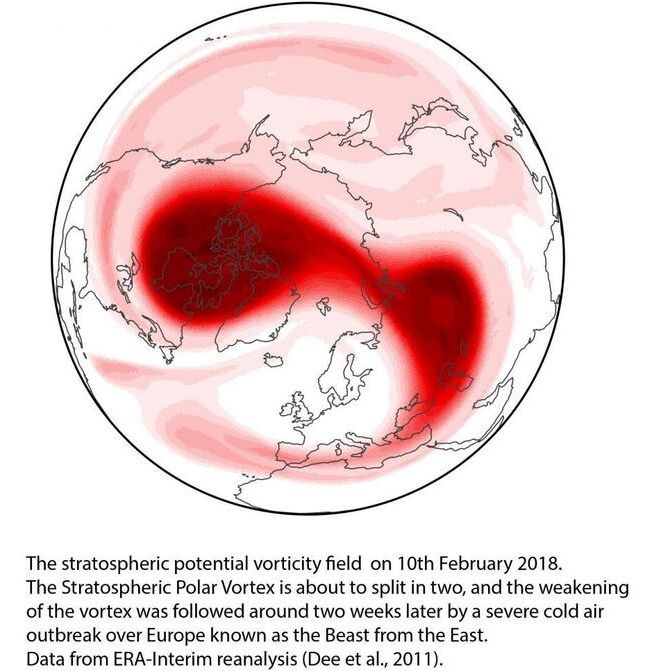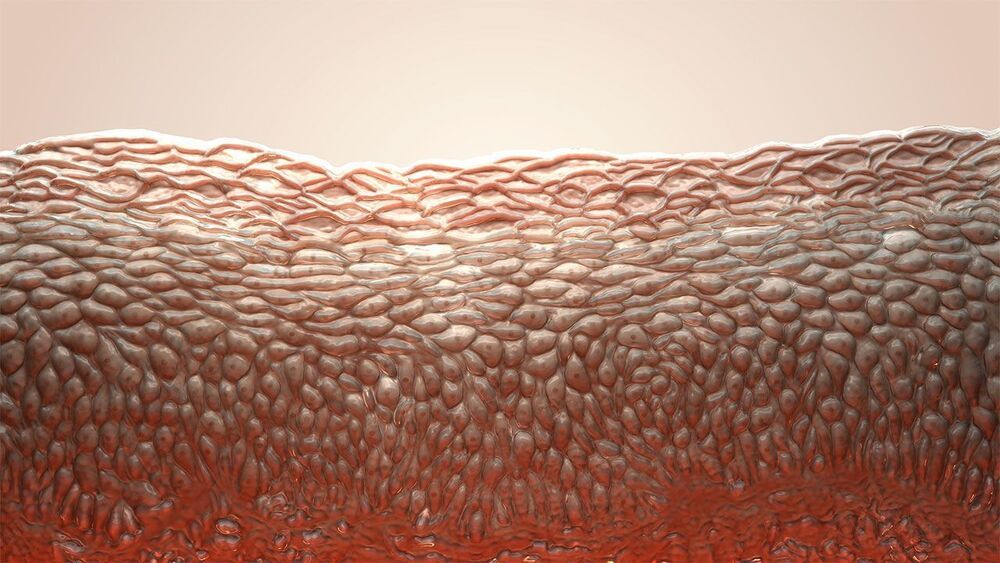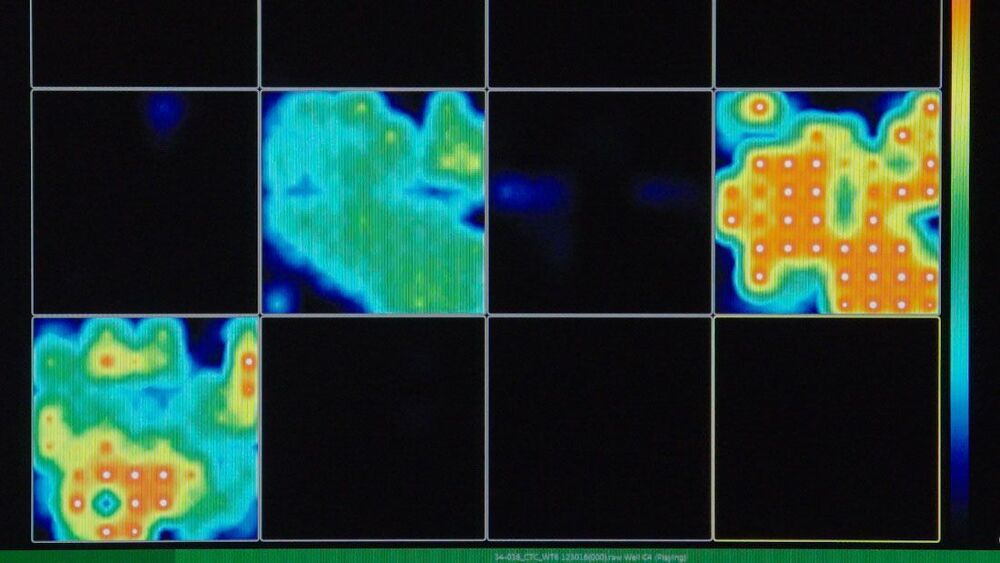23 nov 2020.
A new analysis of the cosmic microwave background shows that its polarization may be rotated by exotic effects indicating beyond-standard-model physics.

Hale — “Surviving Corona.”
Produced by Gary Jesch of CHOPS Live Animation.
with Peter Cummings — Contagious Productions.
COVID-19 Animation by Fusion Medical Animation.
CHOPS — Gary Jesch.
COVID — Peter Cummings.
Theremin Opus 1 — Sue Jesch.
Link to Book’s Purchase — https://bit.ly/2SUTooC
In this episode of Sci-Fi UI, we’ll find out whether the computer interfaces in The Expanse can actually be built in the real world. In Sci-Fi UI, we deep-dive into the UI of tomorrow to see if we can learn anything about building better UI today.
Narrated by:
AJ Campbell.
Twitter:
http://twitter.com/texasgreentea.
Portfolio:
http://ajcampbell.info.
Attribution:
Oculus Quest Hand Tracking Review:
Last week, we talked about asteroid versus ocean mining. In fact, in this channel, I have evangelized asteroid mining quite a bit as the future. However, this week, we will take a look at the business barriers to the realization of asteroid mining.
Discord Link: https://discord.gg/brYJDEr.
Patreon link: https://www.patreon.com/TheFuturistTom.
Please follow our instagram at: https://www.instagram.com/the_futurist_tom.
For business inquires, please contact [email protected].
Editor credits (Velinix):
https://www.youtube.com/channel/UCYcAMWx0Vcsy-SSzX3HVWYw?view_as=subscriber.
https://www.instagram.com/velinix/
https://twitter.com/Panda123Jewels

A new study led by researchers at the Universities of Bristol, Exeter, and Bath helps to shed light on the winter weather we may soon have in store following a dramatic meteorological event currently unfolding high above the North Pole.
Weather forecasting models are predicting with increasing confidence that a sudden stratospheric warming (SSW) event will take place today, 5 January 2021.
The stratosphere is the layer of the atmosphere from around 10-50km above the earth’s surface. SSW events are some of the most extreme of atmospheric phenomena and can see polar stratospheric temperature increase by up to 50°C over the course of a few days. Such events can bring very cold weather, which often result in snowstorms.
A huge shout-out to LessWrong for this fantastic write-up on the science of anti-aging research:
We join them in their call-to-action…
“For those wanting to help aging be solved in our lifetime so we can avoid being the last generation to die, consider taking the following actions:
• Sharing this post with others.
• Joining the Longevity subreddit or the Lifespan Discord server to plug in to longevity channels…
• Donating to the SENS Research Foundation.”
I think the larger the galactic population the more deterrence will be a factor of survival. IMO the key apparatus for survival is not only nanotechnology on a personal level but to become Dysonian so we have the energy for defense.
In this video, Unveiled takes a terrifying journey into the Dark Forest! Why don’t you come along??
We’re guided by one question… Where are all the aliens? Humanity has puzzled over the Fermi Paradox for decades now, but is this finally the answer?? The Dark Forest Theory is an all new way of approaching the question of extraterrestrial life… and it might just be the one that finally opens our eyes!
This is Unveiled, giving you incredible answers to extraordinary questions!
Find more amazing videos for your curiosity here:



Circa 2019
Livescience.com | By LIVESCIENCE
Scientists created miniature brains in the lab that formed intricate networks and produced brain waves similar to those fired by the developing brain of a preterm human baby, according to a new study.
The idea of growing miniature brains in the lab isn’t new; researchers have been doing so for nearly a decade. But most studies have used these mini brains or “organoids” to study large-scale structure.